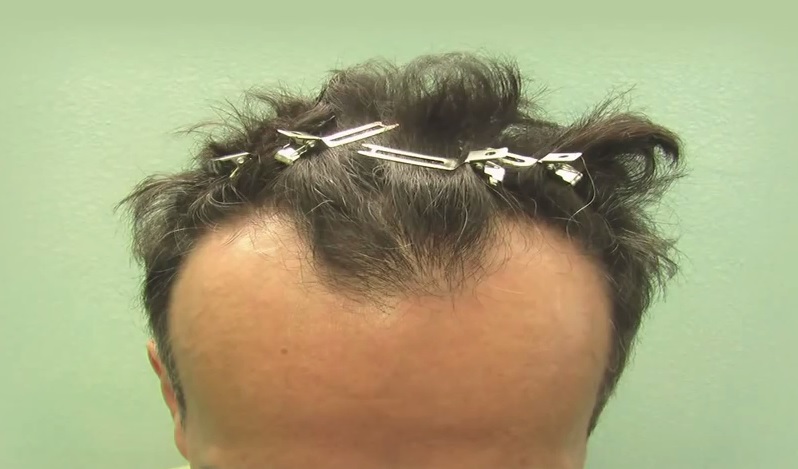Factors Already Known To Influence Graft Yield in hair Transplant Surgery
The ability of FU grafts to grow new hair would depend primarily on how they were selected and handled during the surgery. As you may already know, pattern baldness results from genetics which forms DHT sensitive protein receptors on the hair follicles. And exposure to the dehydrotestosterone compound through the blood stream will cause these hair structures to miniaturize . DHT basically inhibits the absorption of nutrients from the circulatory system.
Therefore, during a hair restoration surgery, the doctor must decide which follicular units to extract as donor grafts. Some of them will already be in the process of miniaturizing and should not be counted, since they will produce transient or absolutely no growth.
Aside from selection, the follicles must obviously be handled with great care. The doctor will need to be very accurate in placing the punch edge around each graft without incurring damage. Other forms of mechanical injury through poking, prodding and tugging must also be avoided by the entire team.

Storage temperature also matters for helping the follicles survive. Keeping the grafts hydrated at low, chilled temperatures is certainly important once they have been removed from the body. Generally, the maximum amount of time for the storage phase is about six hours or so.
Aside from these general practices needed for grafts to survive and grow, experience is also a necessary factor as well.
In this video, Dr U breaks down the factors that contribute to low graft yield after transplant:
What Is Liposomal ATP For Hair Transplant Surgery
ATP is a molecule in the body which is needed to perpetuate many forms of cellular processes as well as energy usage. Oxygen is needed to produce this compound.
When oxygen levels are low, then it can be assumed that the production of ATP is also reduced.
ATP can be packaged in a liposomal medium. This product is applied to the grafts during a hair restoration operation. And clinics who practice this method also recommend that patients purchase it in a spray bottle form and apply it to their scalp to facilitate hair growth
Additional Considerations
While there are many patients who experience excellent growth after their hair transplant procedures, there are also many examples of individuals who continue to have sparse growth or remain bald. Research would need to show that those who continue to have hair loss after their operation also suffered from low oxygen content in their bloodstream. But no such studies exist.
Also there are many doctors who have a very strong track record of patient success. Others, on the other hand do not possess this, possibly due to a lack of experience.
Furthermore, neovascularization (formation of new blood vessels) is important for the follicles to receive the oxygen supply that they need. This occurs as an independent process, with or without the addition of ATP by the hair transplantation doctor.
When considering any type of product or particular method for restoring hair, patients would need to do their own research to understand basic concepts and to ask questions to clarify how processes work. This is important before making any type of decision.
Does Platelet Rich Plasma play a role in hair restoration surgery?
